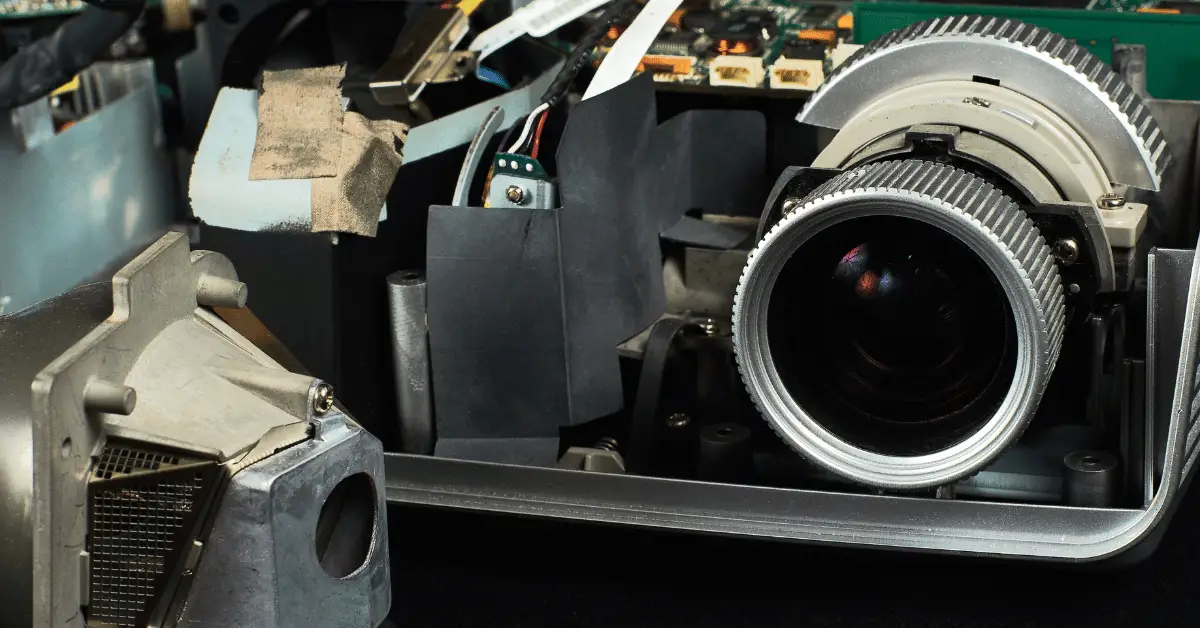DLP projectors are widely popular among projector enthusiasts, and for a good reason. They offer high contrast ratios, sharp images, and excellent color accuracy, making them an ideal choice for a range of applications, including home theaters, classrooms, and boardrooms. But what exactly are DLP projectors, and how do they differ from other types of projectors? In this blog post, we’ll take a closer look at what DLP projectors are, how they work, and what sets them apart from other projector technologies.
Table of Contents
What are DLP Projectors
DLP projectors are widely used in today’s digital world, from home theatre systems to business presentations. DLP stands for Digital Light Processing, a projection technology developed by Texas Instruments. It works by reflecting light off tiny mirrors that are embedded onto a DLP chip. The mirrors are digitally controlled to create the projected image. In this blog, we will explore in detail what DLP projectors are, how they work, their advantages, and some of their drawbacks.
How Do DLP Projectors Work?
DLP projectors work by reflecting light off of tiny mirrors embedded on a DLP chip. These mirrors are each the size of a human hair, and there can be millions of them on a single DLP chip. The DLP chip is mounted onto a spinning color wheel that filters the light and projects it onto the screen. The mirrors can switch on and off thousands of times per second, creating the desired image.
Advantages of DLP Projectors
- High Contrast Ratio: DLP projectors have a higher contrast ratio than other projectors, which makes for a more vivid and vibrant image.
- Better Blacks: DLP projectors can produce deeper blacks and higher contrast than other types of projectors. This results in more accurate colors and a more immersive viewing experience.
- No Color Decay: Unlike other projectors, DLP projectors do not suffer from color decay over time. This means that the colors will stay true and accurate for the life of the projector.
- Longer Lifespan: DLP projectors have a longer lifespan than other projectors. This is because they have a sealed optical path, which prevents dust and debris from getting inside the projector and damaging the DLP chip.
Disadvantages of DLP Projectors
- Rainbow Effect: One common drawback of DLP projectors is the rainbow effect. This occurs when the color wheel spins too quickly, causing some viewers to see rainbow-like artifacts on the screen.
- Limited Resolution: DLP projectors are limited in their resolution options, which can limit their usability in certain settings.
- Limited Brightness: DLP projectors are not as bright as some other projector types, which can limit their use in bright environments.
Conclusion
DLP projectors are a popular choice for both home theatre and business use, thanks to their high contrast ratio, deep blacks, and long lifespan. However, they are not without their drawbacks, such as the rainbow effect and limited brightness. By understanding the advantages and disadvantages of DLP projectors, you can make an informed decision on whether they are the right choice for your needs.

